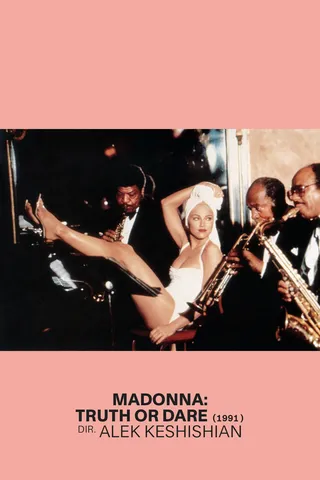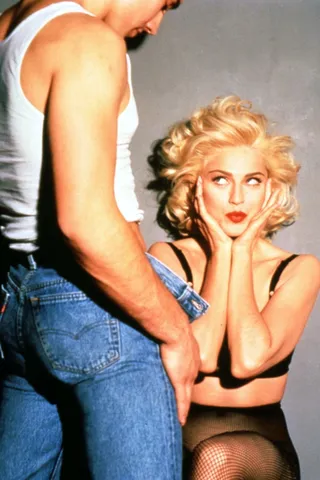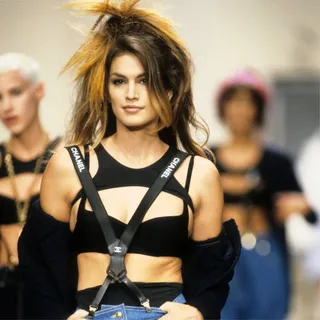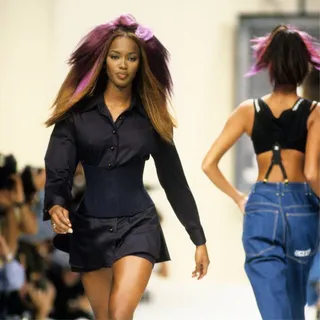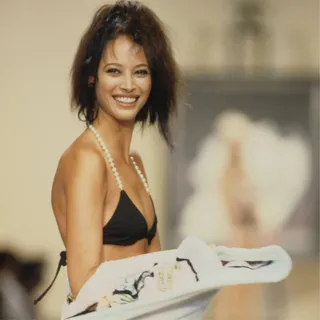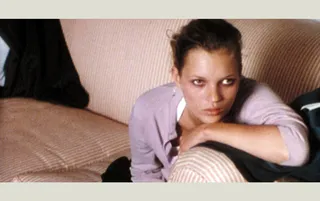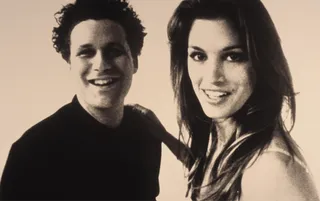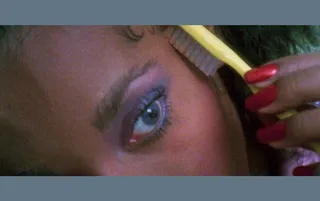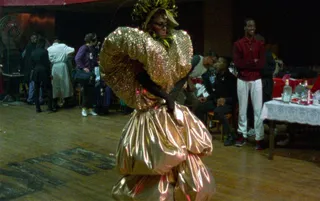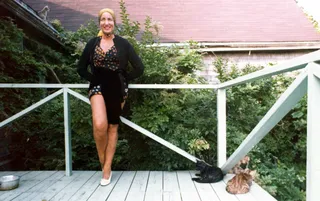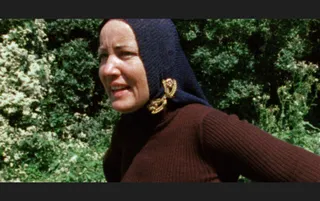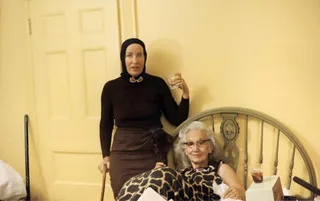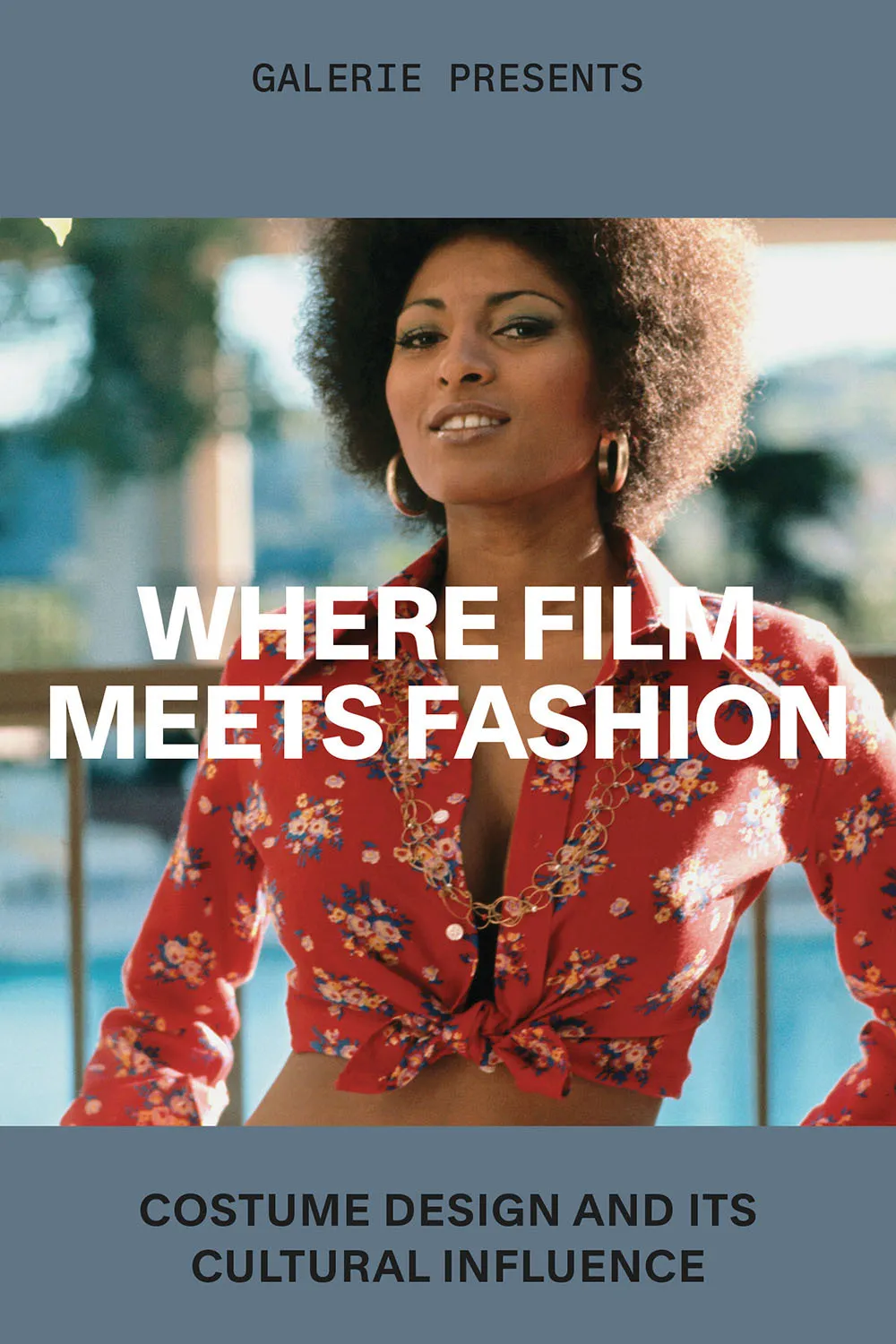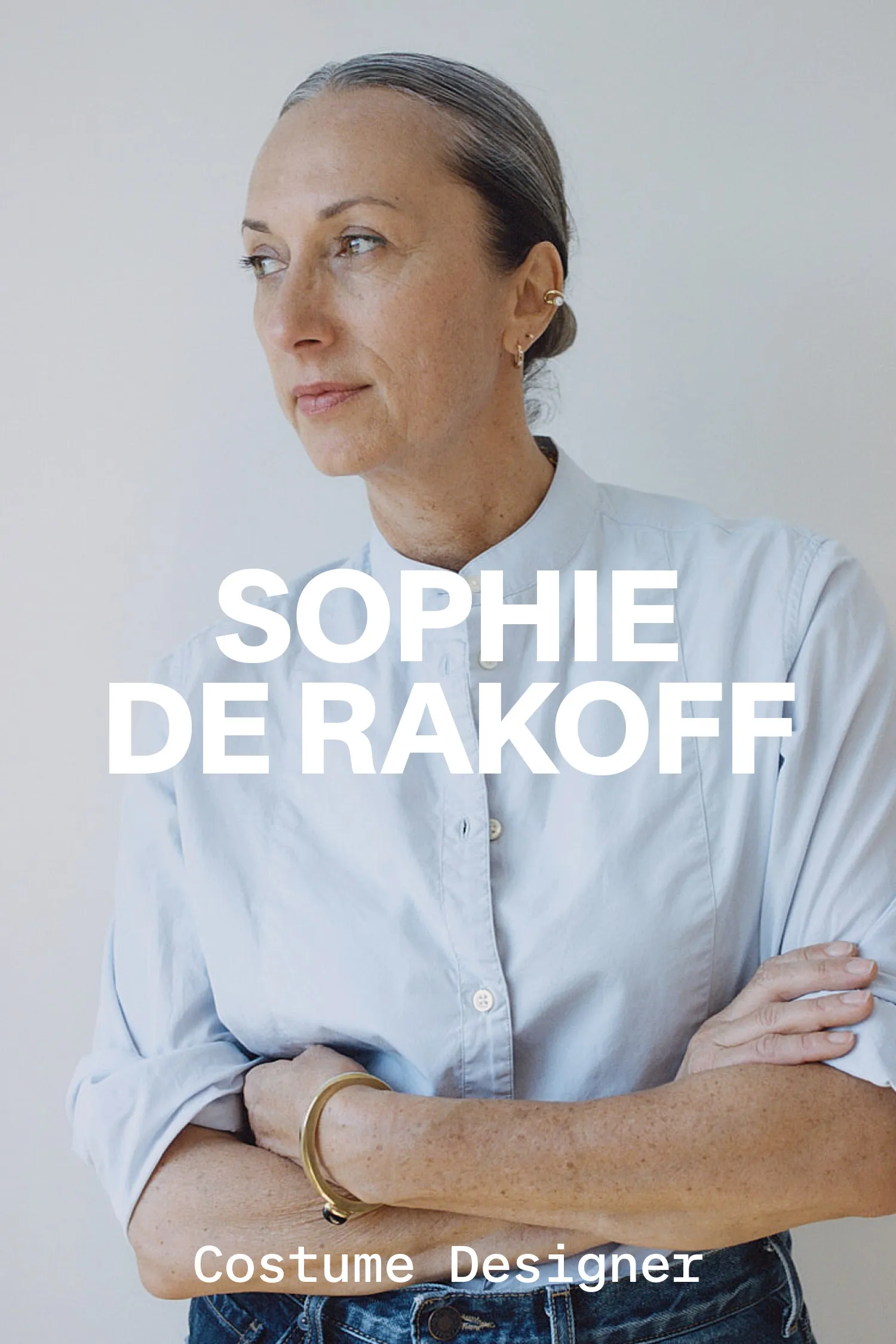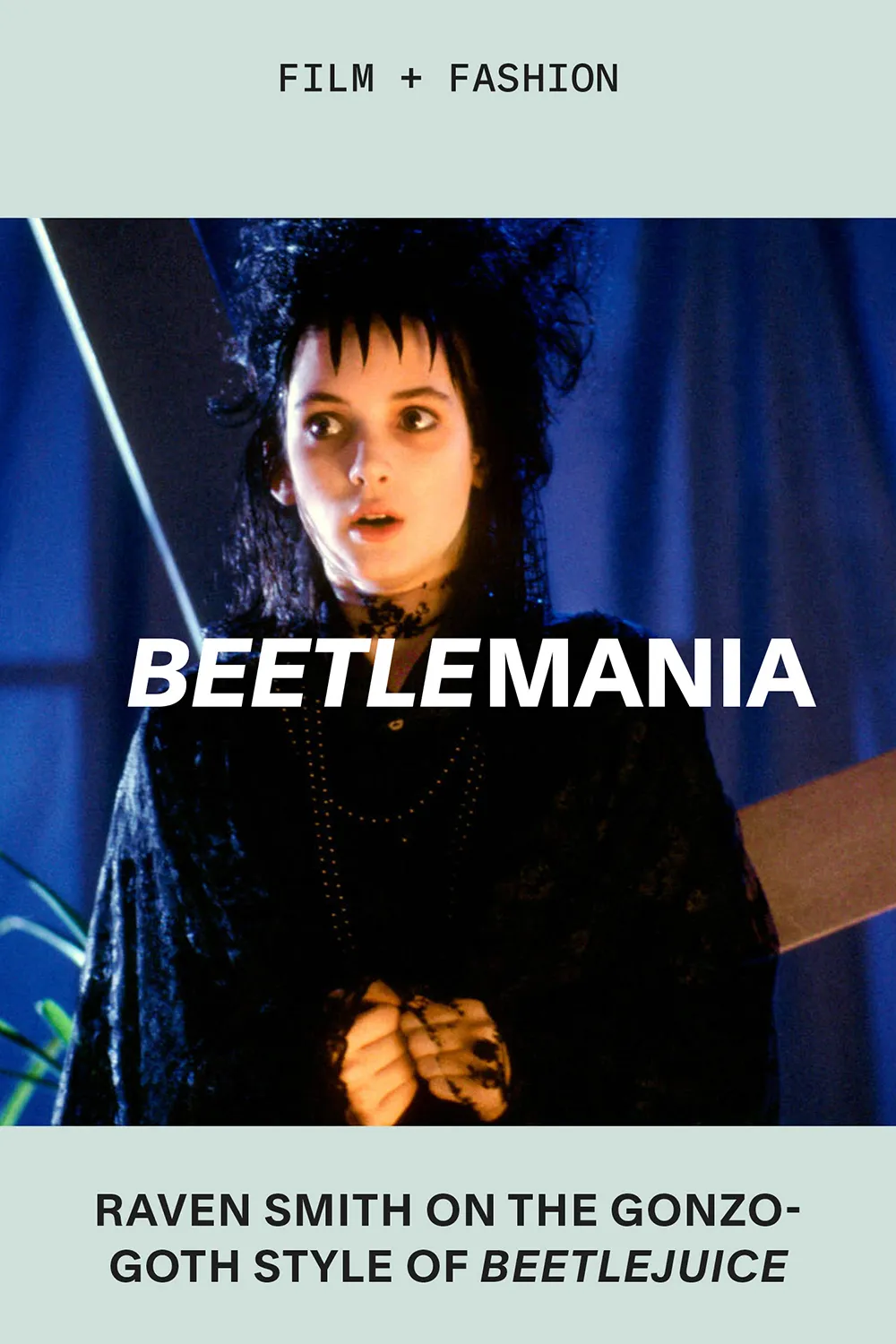Top 10: Derek Blasberg on Fashion Documentaries
By Derek Blasberg
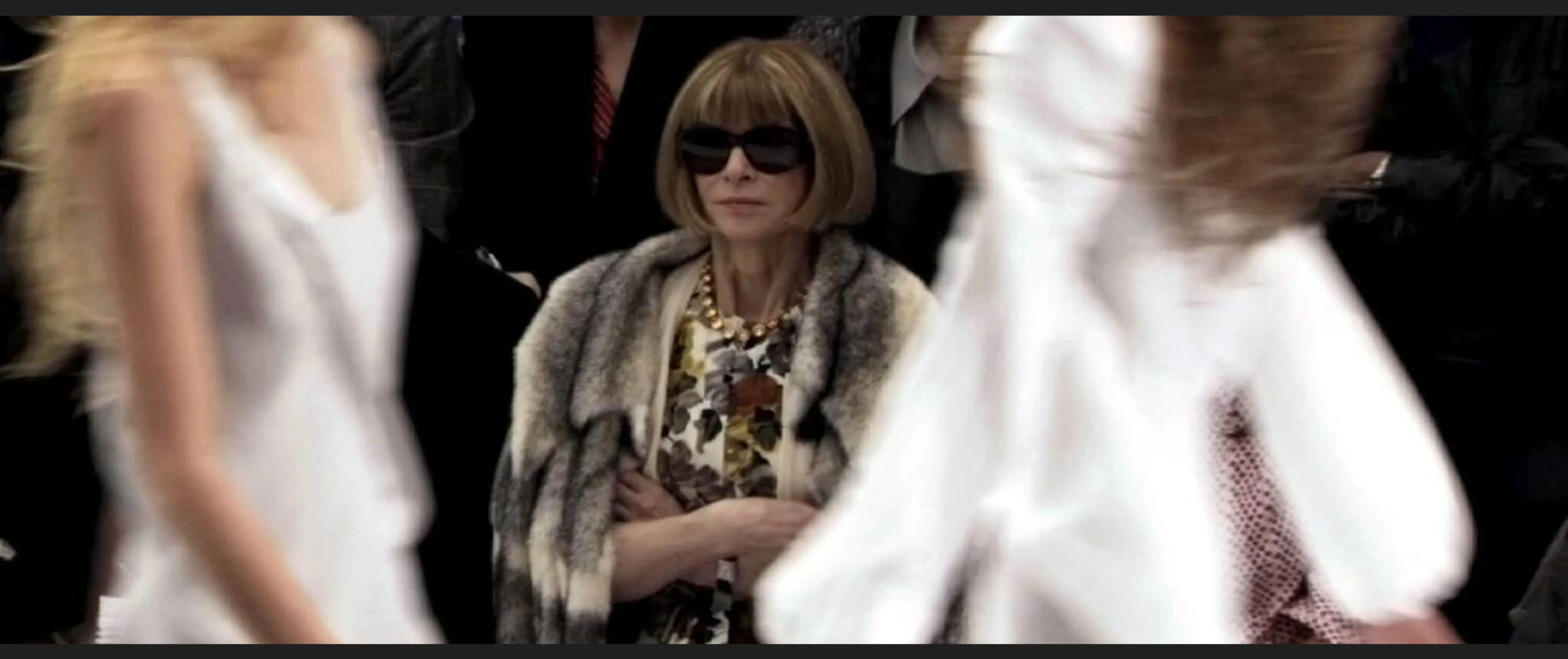
The September Issue, dir. R.J. Cutler, 2009
Top 10: Derek Blasberg on Fashion Documentaries
Editor, writer and fashion’s favorite man on the scene breaks down the high-flying art of the style documentary
September 6, 2024
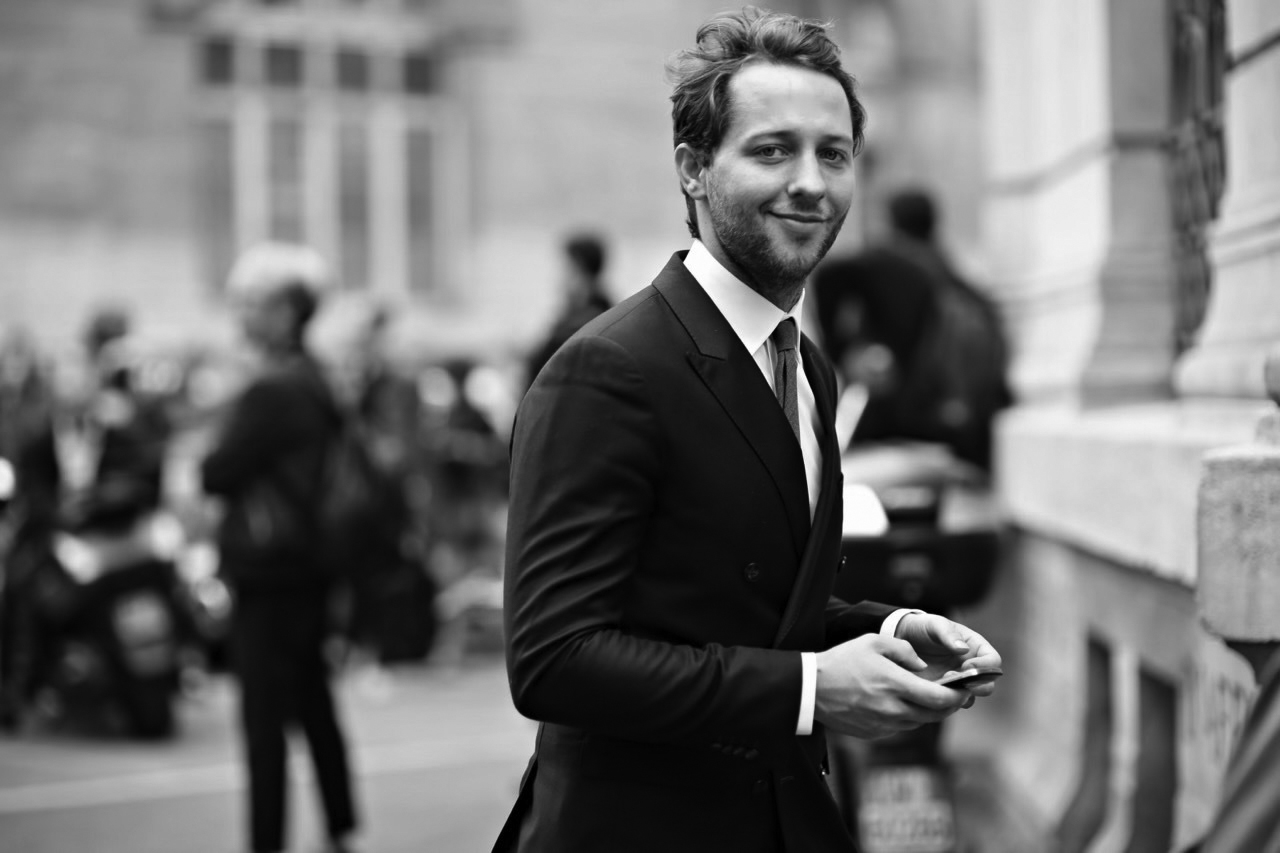
Derek Blasberg in Paris
Confession: I didn’t have cable when I was growing up. MTV, HBO, Turner Classic Movies, the History Channel: My parents were either too cheap or too selfish (or both?) to indulge me and my brother in these cultural outlets, and I’ve been making up for it ever since. To this day, when someone references an iconic ’90s music video, there’s a good chance I have to excuse myself and go to the bathroom to look it up on YouTube because I didn’t see it when it first came out.
This is the first of many reasons why I relish watching fashion documentaries. I felt culturally starved in my childhood, so now when I’m consuming content I want to be entertained (obviously), but I also want to learn. I want the glamour, but mixed with pop-culture history. I want fun and facts. I want the whole story—just make it chic.
What makes a good fashion documentary? Glitz and access, of course. Glamour is an integral part of the mythmaking in the fashion world and we need to peel back the curtain to get some VIP access to the subject. But I have found that the real trick is making sure the subject of the film doesn’t have final approval—it’s a necessity that the director assume full creative control to prevent any whiff of an ego trip or advertising. One of the great fashion docs of all time, Valentino: The Last Emperor, famously didn’t give the designer final cut, and when director Matt Tyrnauer showed it to him for the first time Valentino was shocked and, well, pissed off. (The standing ovation at its premiere, at the Venice Film Festival, changed his mind.)
Perhaps most crucially, we have to walk away from the films feeling inspired. Does that mean we’re inspired to become a couturier like Valentino? Maybe. It could also mean that we aspire to feel the power of an ’80s-era catwalk queen like those we see in Paris Is Burning. Or an editor with as much influence as Anna Wintour. Or a photographer with the humble grace of Bill Cunningham. A good documentary makes the viewer feel like they want to live what they’re seeing on the screen. Here are my top 10 fashion docs. —Derek Blasberg
1. Madonna: Truth or Dare, dir. Alek Keshishian, 1991
The fashion in this documentary is incredible, of course: not just the Jean Paul Gaultier–designed corsets, suits and bustiers but the pop superstar donning them through the four months of her global tour. We’re at peak Madonna in full Blond Ambition mode. (That’s post Desperately Seeking Susan [1985] and pre the new age Ray of Light album [1998].) But there’s so much more to see here: Her maternal relationship with the dancers, the complex dynamics of her biological family and just wait till you see what she can do with a bottle of water during a game of Truth or Dare. The film was edited in black and white to give it some vérité grit and allow the in-color performance sequences to pop. And if you’re into celebrity cameos, this film includes one from Warren Beatty and another from Kevin Costner.
From left: Cindy Crawford, Naomi Campbell and Christy Turlington in Catwalk
2. Catwalk, dir. Robert Leacock, 1995
This one is hard to find. I had it on VHS when I first moved to New York. (Do you know what VHS is? Don’t answer that.) More recently, I’ve found it on YouTube. So it might take some time to dig up, but it’s worth it! The director was actually a cinematographer for two of my other favorites—Madonna: Truth or Dare and Unzipped—and brings a similar home-movie charm to his own film. We follow supermodel Christy Turlington as she travels the globe for fashion shoots and shows, from being chauffeured between shows to gossiping at the Ritz in Paris, with glimpses of her fellow icons (Kate! Karl! André! Naomi!) along the way. Of course, Christy is one of the supermodels, but this was also a super time for the industry, when the power of fashion was mimicking the power of Hollywood. Stars everywhere! If you can’t find this doc, check out the second episode of the Apple TV+ 2023 series The Super Models, which sums up a similar moment in fashion history.
![]()
Kate Moss in Unzipped
![]()
Isaac Mizrahi and Cindy Crawford in Unzipped
3. Unzipped, dir. Douglas Keeve, 1995
Isaac Mizrahi is so friggin’ amusing I’d happily watch him read a phone book. If he hadn’t been an iconic fashion designer he could have been a TV host. (Actually, years after this doc, he became one.) Here we watch him during the creation of his fall 1994 collection, witnessing all of the drama that goes into a 20-minute fashion show. Spoiler alert: In this show he uses a ballet-studio-inspired semitransparent scrim as a backdrop to show the models changing between looks. Back in the ’90s, the Paris collections came before the New York collections, and in a pre-digital world it was fascinating to see how designers influenced one another. There are great model cameos in this documentary, but for me it’s all about seeing legendary fashion editor Polly Mellen in her element.
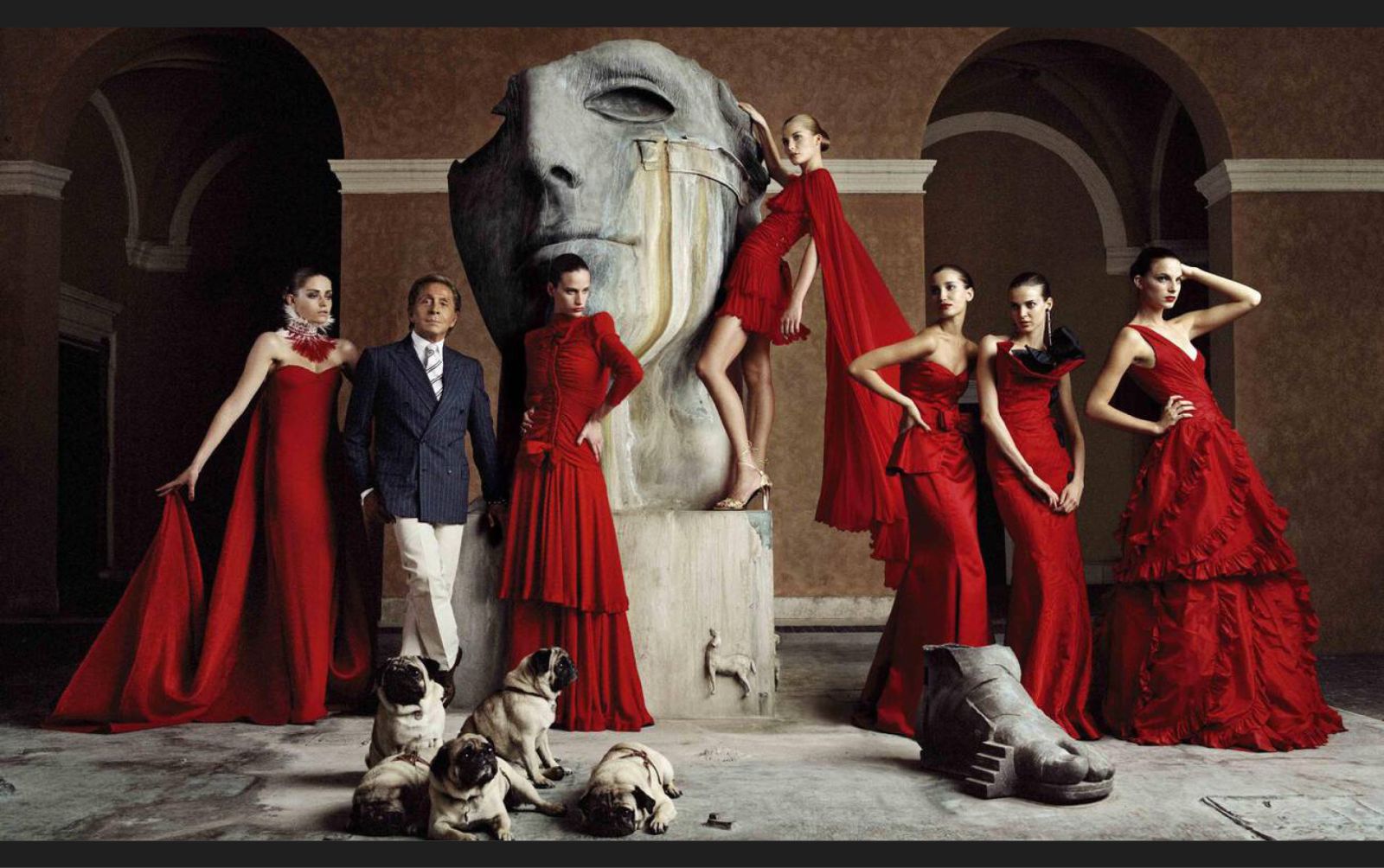
Valentino Garavani (second from left) in Valentino: The Last Emperor
4. Valentino: The Last Emperor, dir. Matt Tyrnauer, 2008
The scene that sticks with me the most from this film is seeing one of Valentino’s five pugs having its teeth brushed by a groomer. No, I take that back. My favorite scene is when Valentino and his longtime business partner and closest confidant, Giancarlo Giammetti, argue about over-tanning in the back seat of a chauffeured car. No, wait, that’s not true either. My favorite scene is when Valentino thanks Giammetti for his lifetime of support at a ceremony when he receives the Legion d’honneur from the French government. Okay, I love them all. This film—made by a former Vanity Fair editor whose observational skills come through with stylistic restraint—is a fabulous, intimate portrayal of the legendary designer at the peak of his powers, just before it all crumbles.
“What makes a good fashion documentary? Glitz and access, of course.”
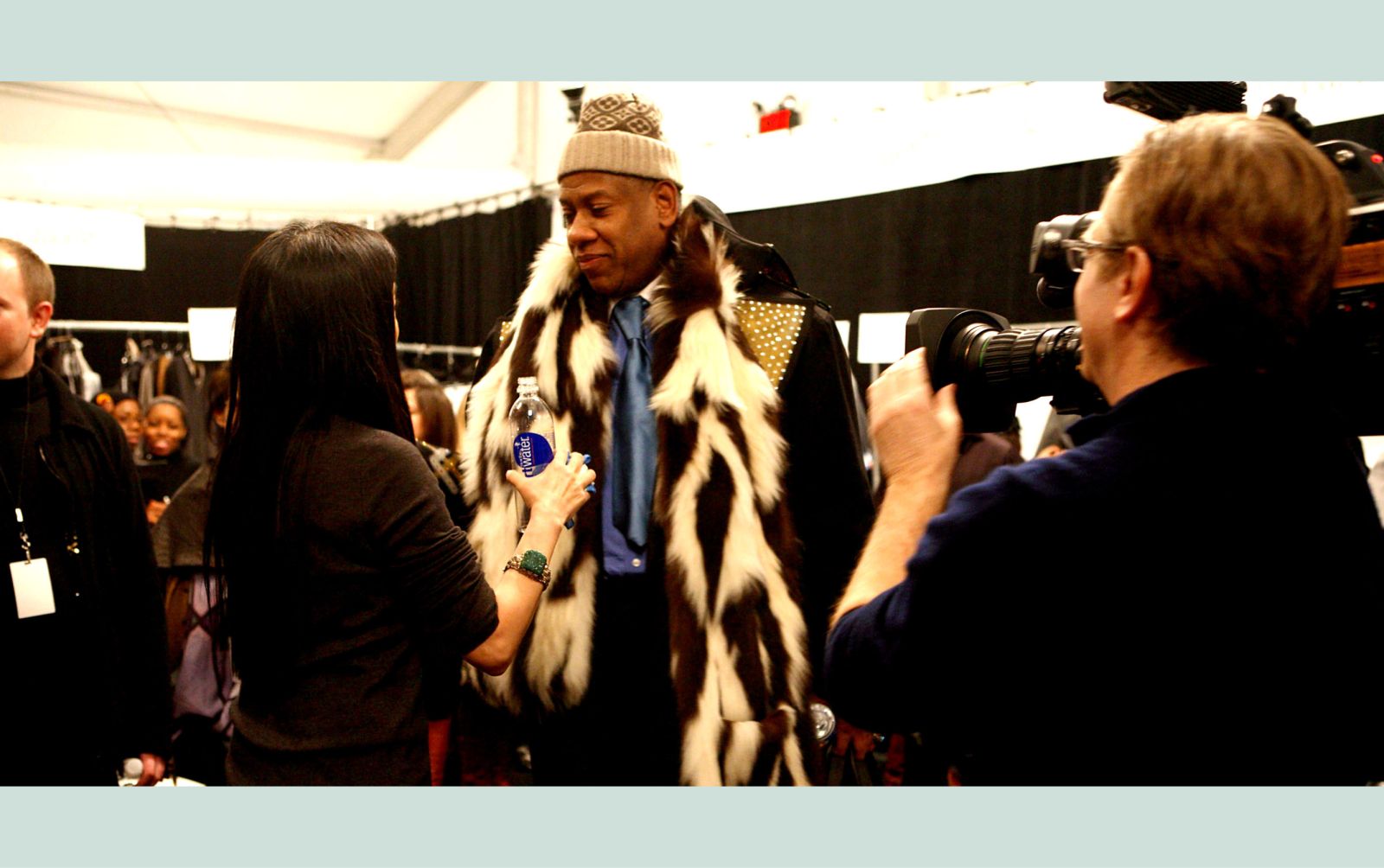
André Leon Talley in The September Issue
5. The September Issue, dir. R.J. Cutler, 2009
Of course, the star of The September Issue is Anna Wintour, the editor of the magazine we’re following, Vogue. But second billing goes to Grace Coddington, who was then Vogue’s creative director and one of the most prolific stylists on the team. This scene-stealing came as a surprise to many people, most of all Grace herself. I have a journalism degree and even as the world has become less dependent on print publishing I still consider myself a magazine devotee. So this documentary, which offers a rare look inside the world of Vogue magazine, provides fascinating insight into the industry’s inner workings and the pressures of producing a global fashion bible.
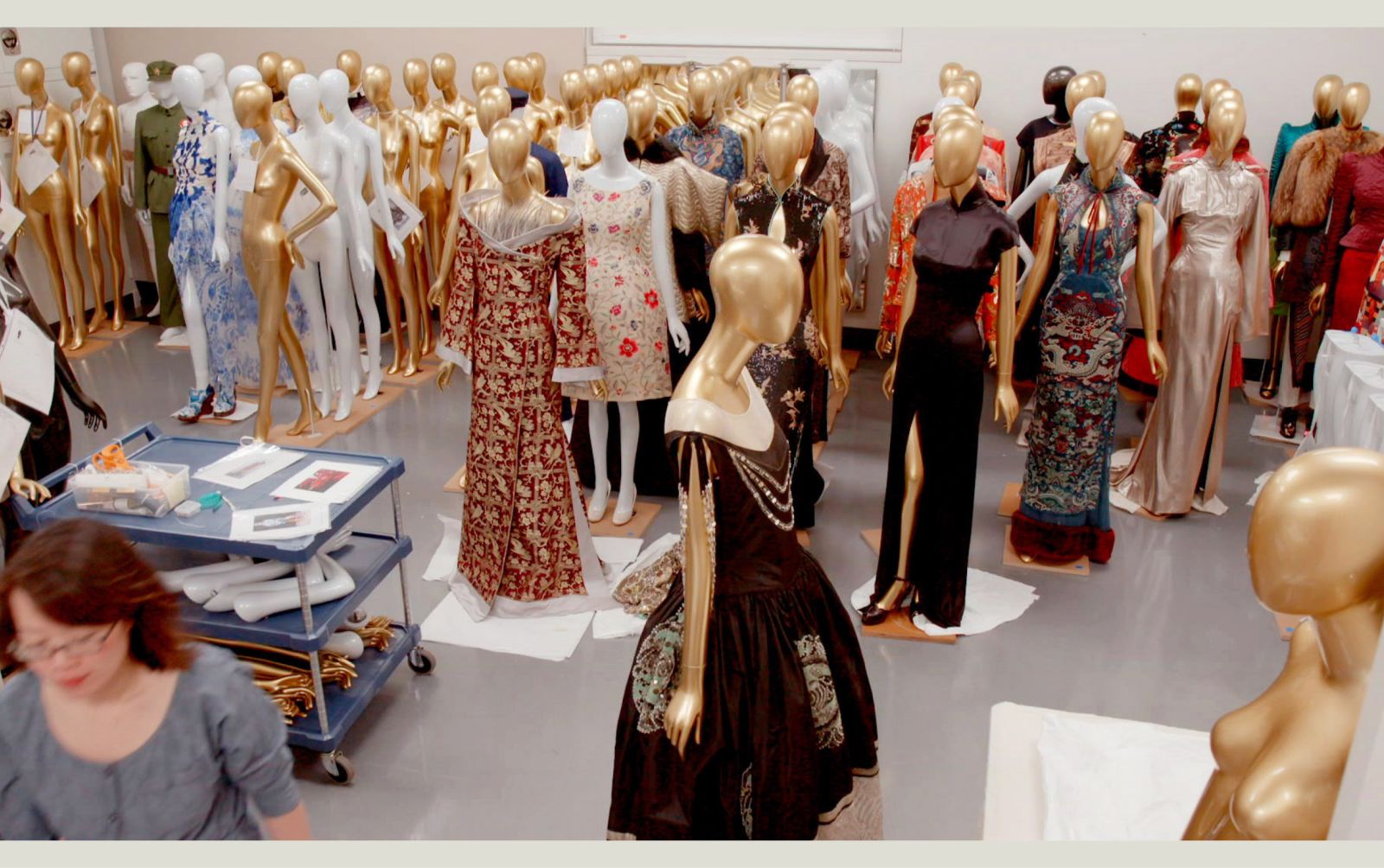
Preparations for the Met Gala in The First Monday in May
6. The First Monday in May, dir. Andrew Rossi, 2016
In 1995 Anna Wintour became the chair of the Met Gala, a fundraiser for the Metropolitan Museum of Art’s Costume Institute, and in the three decades since has turned it into the single most important night on New York’s social calendar. It brings out the biggest stars in the world and raises millions and millions of dollars. This doc takes a long, fabulous look at the 2015 Met Gala, which celebrated the opening of an exhibition titled “China: Through the Looking Glass.” Yes, it’s a fashion party to celebrate a fashion exhibition. But the power of the event—and the power of Anna—is that it navigates the complex worlds of fashion, art and celebrity, revealing the immense effort and planning that goes into producing this star-studded event.
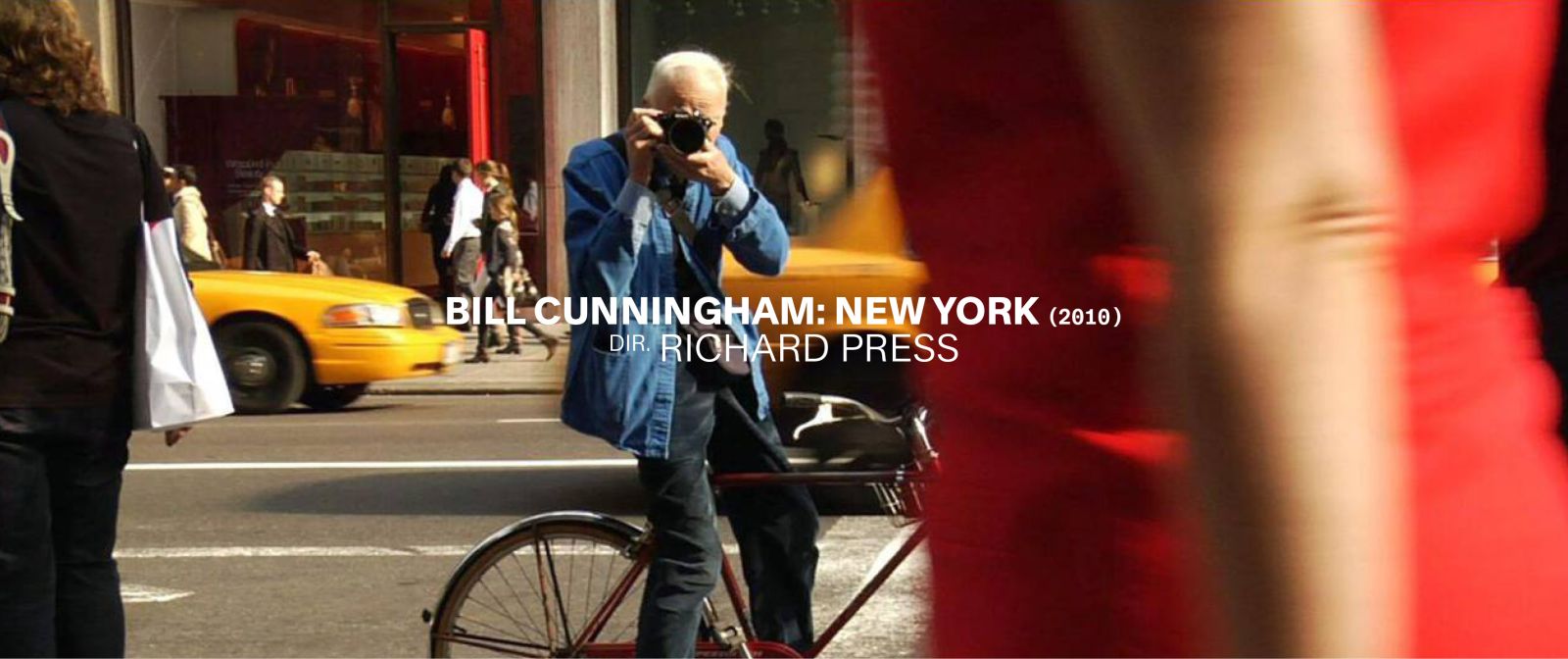
7. Bill Cunningham: New York, dir. Richard Press, 2010
You’d be hard-pressed to find a more beloved New York institution than Bill Cunningham, who died in 2016 at the age of 87. He became well-known for taking street-style pictures for The New York Times—he basically invented the #streetstyle genre—and this fly-on-a-wall (and on a bike) film looks at his entire life and career. He started as a stock boy at Bonwit Teller in his native Boston. After moving to New York City in the late 1940s, he worked as a designer, making hats. He was also a writer, an illustrator and a mentor, a quiet, almost priestlike soul who lived in a tiny studio above Carnegie Hall yet nevertheless mixed with fashion luminaries like Antonio Lopez and Pat Cleveland. But it was as a reportage photographer, roaming the city streets in search of the most fashionably dressed, zigzagging from uptown to downtown on his bike, that he really made his mark. In this doc Cunningham is in his eighties, on his daily routine shooting for his On the Street and Evening Hours columns in The New York Times. He’s humble, he’s passionate, he’s inspiring.
Diana Vreeland opines on style in Diana Vreeland: The Eye Has to Travel
8. Diana Vreeland: The Eye Has to Travel, dir. Lisa Immordino Vreeland, Bent-Jorgen Perlmutt and Frédéric Tcheng, 2011
Diana Vreeland was the single most important fashion editor of the 20th century. (She died at the age of 85 in 1989.) First at Harper’s Bazaar, then at Vogue, and finally at the Metropolitan Museum of Art, her red-lacquered fingers were on everything fashionable for decades. This intimate documentary, directed by one of her granddaughters-in-law, explores her extraordinary influence on the fashion world. It delves into her unique vision, her ability to spot trends, her knack for transforming fashion into an art form and her panache for quotable quips (the eye has to travel, darling). Through interviews, archival footage and Vreeland’s own words, the documentary paints a portrait of a woman who was both ahead of her time and undeniably captivating.
![]()
Octavia St. Laurent in Paris Is Burning
![]()
Pepper LaBeija in Paris Is Burning
9. Paris Is Burning, dir. Jennie Livingston, 1990
Shade. Realness. Butch Queen. For one thing, Paris Is Burning, a landmark documentary about the ballroom culture of New York City’s LGBTQ+ community in the 1980s, is a vocabulary lesson. It’s also a fashion lesson, a history lesson and a reminder of how far we’ve come with gay and trans rights as a country. I’m still struck by Dorian Corey’s “reading” of the kids and Pepper LaBeija’s observations on socioeconomic disparity. But what always hits me when I see this audacious, richly textured film—and I must have seen it at least 100 times, no joke—is the idea of survival. There are so many young people who appear in this documentary who came to the ballrooms to make their own families. The joy they bring to the floor is contagious.
The Edies at home in East Hampton, NY
10. Grey Gardens, dirs. Albert, David Maysles, Eileen Hovde and Muffie Meyer, 1975
Okay, fine. Grey Gardens isn’t specifically a fashion documentary. It’s a story about Big Edie and Little Edie, a mother-daughter duo living in impoverished circumstances in East Hampton, New York, because their better-off relatives have cut them off and the Edies have such meager sources of income. The Maysles brothers unearth the heartwarming (and tragic) eccentricities of these Bouvier clan rejects via a pioneering direct cinema style, ceding the rickety floor to the Edies. But I include it here because it has become one of the most important sources of inspiration for stylists, models and photographers in this industry. It’s a dedication to one’s “revolutionary costume,” as Little Edie describes her look, a combo of headscarves and inherited furs that achieve an archly eccentric, if dilapidated, old-world glamour. These women didn’t have much, but they had charisma and a vision. My favorite line from this movie: “It’s very difficult to keep the line between the past and the present.”
